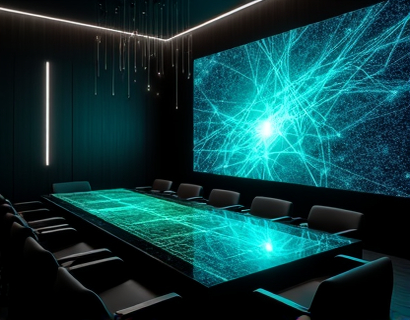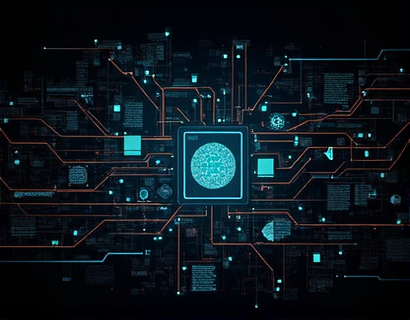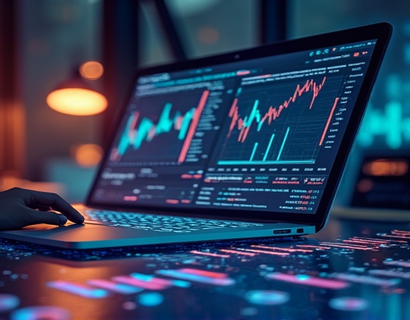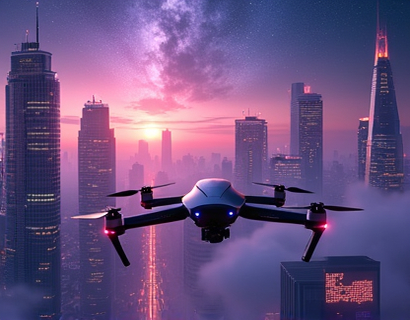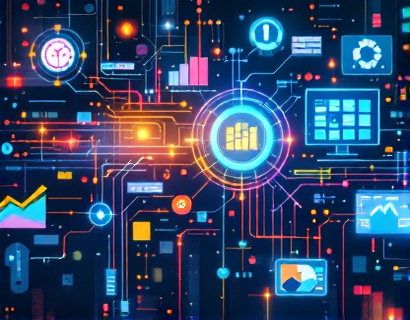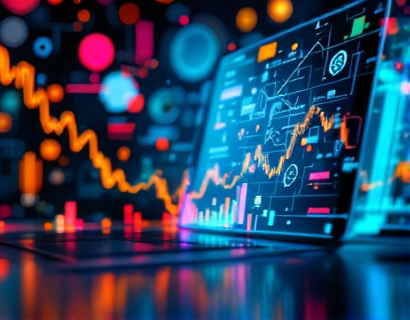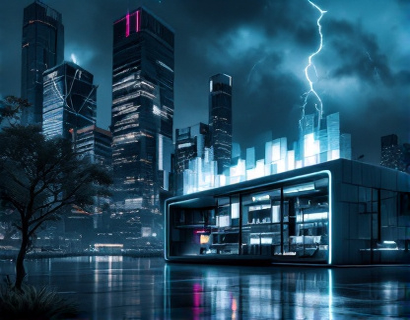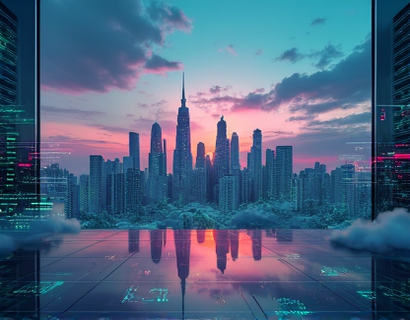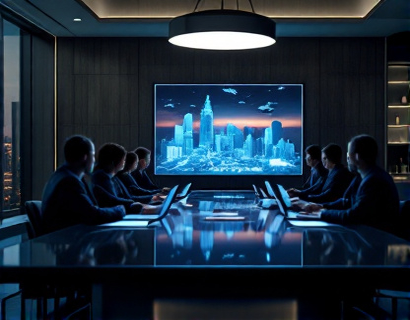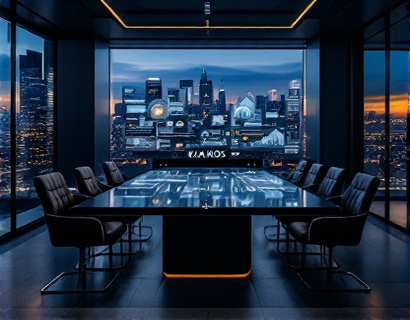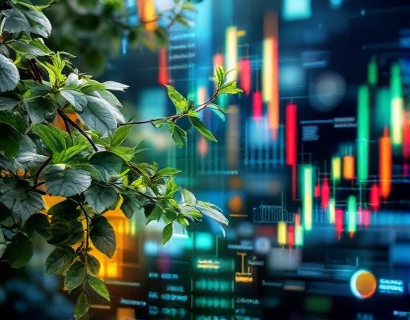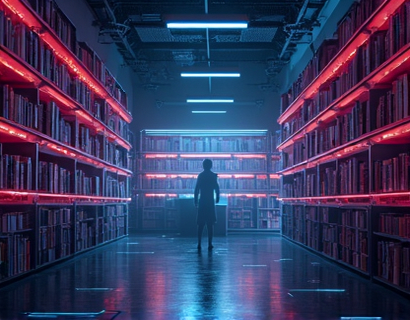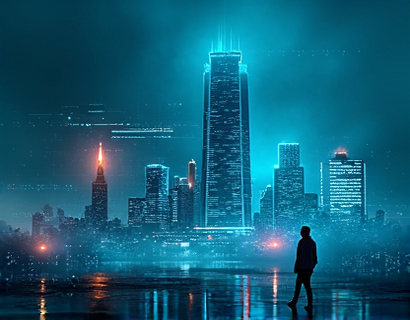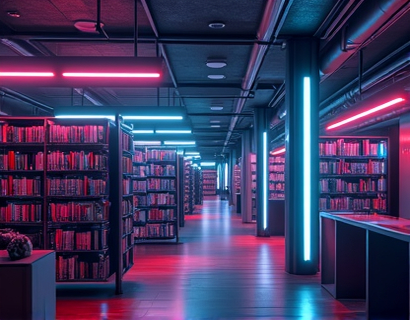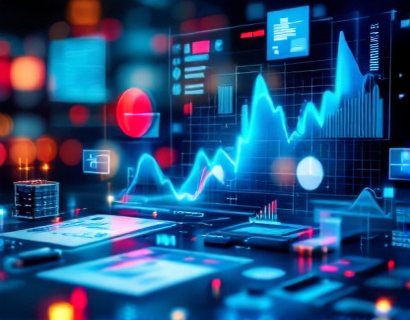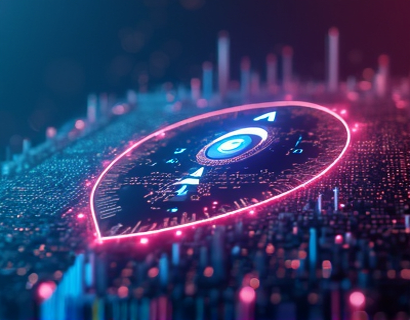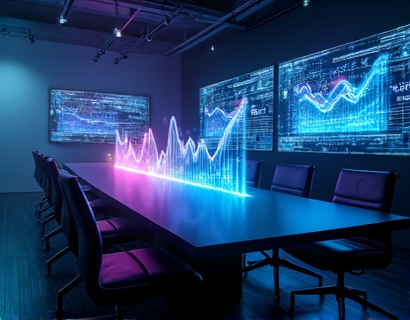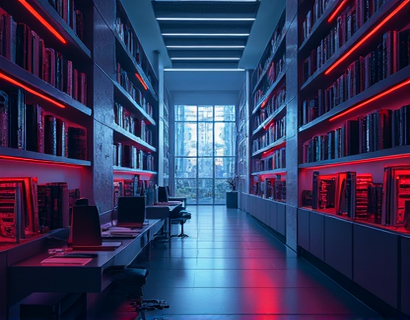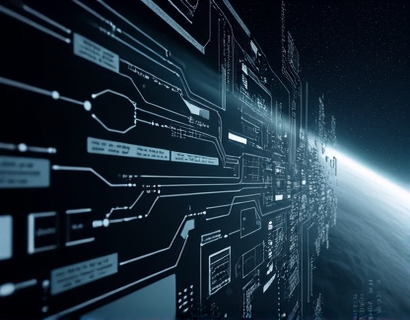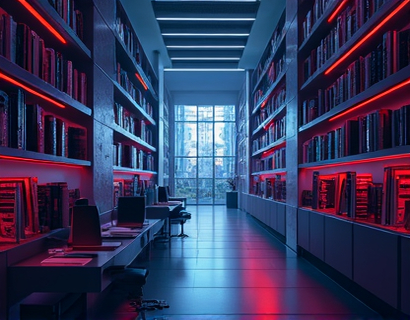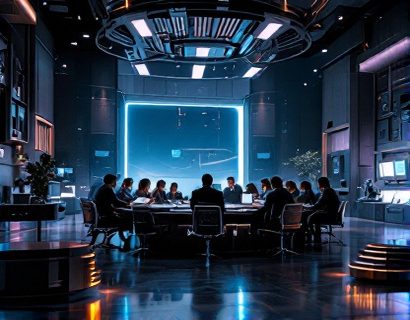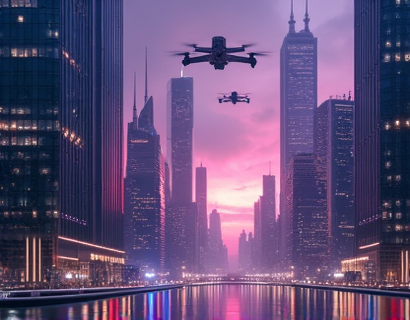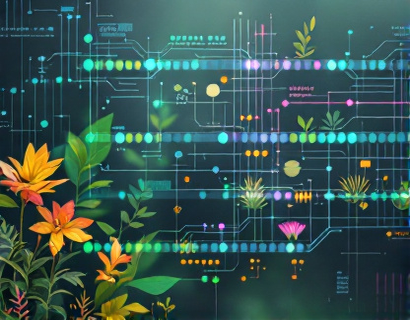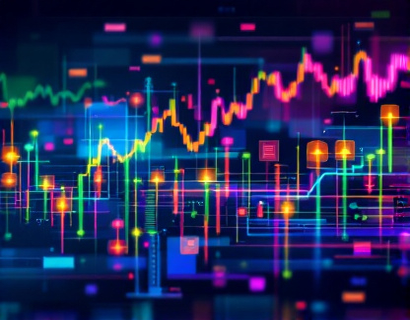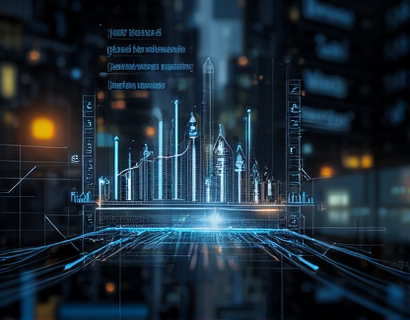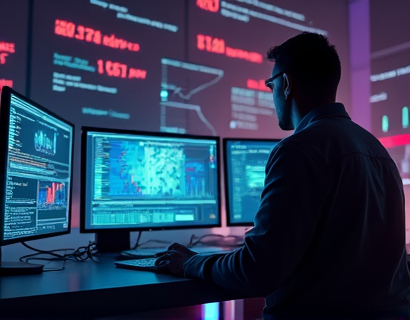Unlocking Digital Transformation: Converting Physical and Digital Assets into Enchanted Collectibles with Advanced Online Solutions
The world is rapidly evolving, and with it, the ways we perceive and interact with our possessions. Digital transformation is not just a buzzword but a profound shift that is redefining industries and personal experiences. One of the most exciting frontiers in this transformation is the conversion of physical and digital assets into captivating digital collectibles. This process merges innovation with creativity, enhancing the value and allure of our unique possessions in the digital realm.
Imagine holding a cherished family heirloom or a rare piece of art and having the ability to transform it into a digital collectible that not only preserves its essence but also amplifies its appeal. This is the promise of advanced online platforms designed to facilitate this digital alchemy. By leveraging cutting-edge technology, these platforms enable users to seamlessly convert their physical and digital assets into enchanting collectibles, opening up a world of possibilities for digital expression and innovation.
Digital collectibles are more than just digital representations of physical items. They are unique, often limited, and can carry significant cultural, historical, or personal value. These collectibles can be displayed in virtual galleries, traded in digital marketplaces, or even used as part of gaming experiences, offering a new dimension of engagement and interaction.
The process of transforming physical and digital assets into digital collectibles involves several steps, each leveraging advanced online solutions. First, the asset must be digitized. This can be achieved through high-resolution scanning, 3D modeling, or photogrammetry, depending on the nature of the asset. For physical items, this might involve scanning the object from multiple angles to capture its intricate details. For digital assets, such as artwork or documents, high-quality digital files are already available.
Once the asset is digitized, the next step is to create a digital representation that captures its essence. This involves using specialized software to enhance and refine the digital model. Artists and designers play a crucial role here, bringing their creativity to ensure that the digital collectible not only resembles the original but also stands on its own as a piece of digital art. This process can include texturing, lighting, and animation to bring the collectible to life.
After the digital collectible is created, it needs to be secured and managed. Blockchain technology offers a robust solution for this purpose. By recording the collectible on a blockchain, its authenticity, ownership, and provenance are guaranteed. This not only adds value to the collectible but also provides a secure and transparent way to verify and transfer ownership. The use of non-fungible tokens (NFTs) is particularly prevalent in this context, as they uniquely represent ownership of digital assets.
The integration of augmented reality (AR) and virtual reality (VR) further enhances the experience of digital collectibles. Users can view and interact with these collectibles in immersive environments, adding a layer of realism and engagement. For instance, a digital collectible of a historical artifact can be placed in a virtual museum, allowing users to explore and learn about its history in an interactive manner.
Beyond the technical aspects, the social and community aspects of digital collectibles are equally compelling. Joining a vibrant community of like-minded individuals can significantly enhance the experience. Online platforms that facilitate the creation and trading of digital collectibles often include forums, galleries, and marketplaces where users can showcase their creations, share insights, and connect with others who share their passions.
These communities serve as incubators for creativity and innovation. Users can collaborate on projects, share techniques, and inspire each other to explore new possibilities. The collective knowledge and expertise within these communities can lead to the development of new forms of digital collectibles, pushing the boundaries of what is possible in the digital space.
The benefits of digital transformation in this context are manifold. For individuals, it provides a new way to preserve and celebrate their possessions, turning them into unique digital assets that can be appreciated and shared globally. For creators and artists, it opens up new avenues for monetization and recognition. The ability to create, trade, and own digital collectibles offers a fresh economic model that complements traditional methods.
Moreover, digital collectibles have the potential to democratize access to art and culture. High-resolution scans and digital models can make rare and valuable items accessible to a broader audience, breaking down geographical and financial barriers. This democratization fosters a more inclusive and diverse digital ecosystem, where everyone has the opportunity to engage with and appreciate unique assets.
From an educational perspective, the process of creating digital collectibles can also serve as a learning tool. It involves understanding the technical aspects of digitization, the artistic process of creating digital models, and the technological frameworks that support these collectibles. Workshops, tutorials, and online courses can be developed to teach these skills, empowering individuals to become creators in the digital space.
In the business world, the adoption of digital collectibles can lead to innovative marketing strategies and new revenue streams. Companies can create limited edition digital collectibles to promote their products or services, offering owners exclusive benefits or experiences. This not only enhances brand engagement but also creates a sense of community and loyalty among customers.
As the technology continues to evolve, the possibilities for digital collectibles are endless. The integration of artificial intelligence (AI) can further enhance the creation and personalization of these collectibles. AI algorithms can analyze user preferences and generate custom digital assets that resonate deeply with individuals, making the experience even more personal and meaningful.
In conclusion, the journey of digital transformation through the creation of digital collectibles is a fascinating and multifaceted process. It combines technology, art, and community to enhance the value and appeal of our possessions. By embracing this transformation, individuals and businesses can unlock new opportunities for creativity, engagement, and innovation in the digital age.



